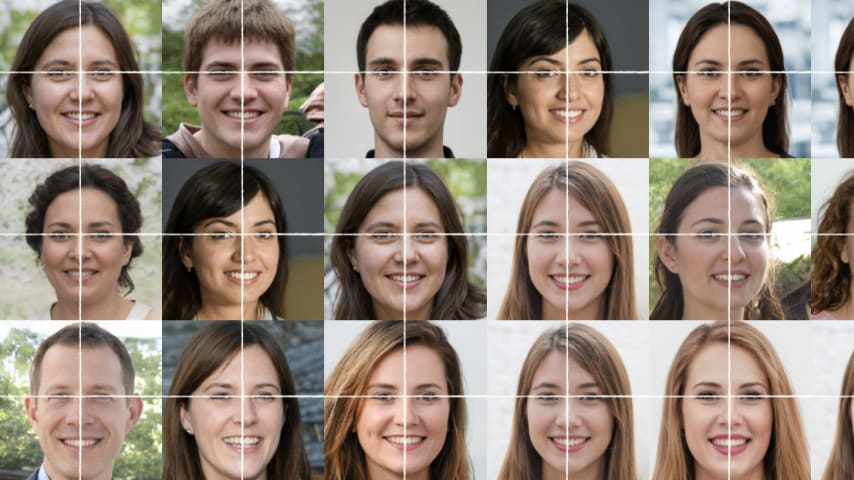Incidente 846: Algoritmos de redes sociales amplificaron campaña de desinformación en elecciones hondureñas
Descripción: En octubre de 2021, una red coordinada de más de 317 cuentas falsas de Twitter utilizó algoritmos basados en IA para difundir desinformación sobre las elecciones presidenciales hondureñas, dirigida contra la candidata opositora Xiomara Castro. La campaña difundió narrativas falsas para suprimir la participación electoral y socavar la integridad de las elecciones. Las plataformas de redes sociales, como Twitter y Facebook, eliminaron las cuentas solo tras recibir alertas, lo que también generó preocupación por una moderación inadecuada.
Editor Notes: Reconstructing the timeline of events: (1) October 7, 2021: A coordinated network of 19 Twitter accounts posts identical disinformation about opposition candidate Xiomara Castro, falsely suggesting an alliance with Yani Rosenthal. The accounts use profile photos linked to uninvolved Peruvians. (2) October 6–14, 2021: Over 317 fake Twitter accounts amplify disinformation, creating feedback loops with a fake news website designed to resemble a legitimate outlet, spreading false claims about Castro and discouraging voter participation. (3) Early November 2021: Cybersecurity firm Nisos identifies the coordinated disinformation campaign and reports it to Twitter. (4) Early November 2021: Twitter removes the fake accounts after receiving the analysis from Nisos. (5) November 15, 2021: TIME publishes an article detailing the disinformation campaign and the role of AI-driven social media algorithms in amplifying the false narratives.
Entidades
Ver todas las entidadesAlleged: X (Twitter) , Meta y Facebook developed an AI system deployed by National Party of Honduras supporters , Juan Orlando Hernández supporters , Unknown Twitter users y Unknown Facebook users, which harmed Xiomara Castro , Libertad y Refundación (LIBRE) supporters , Honduran electorate , Honduras , Democracy y Electoral integrity.
Estadísticas de incidentes
Risk Subdomain
A further 23 subdomains create an accessible and understandable classification of hazards and harms associated with AI
4.1. Disinformation, surveillance, and influence at scale
Risk Domain
The Domain Taxonomy of AI Risks classifies risks into seven AI risk domains: (1) Discrimination & toxicity, (2) Privacy & security, (3) Misinformation, (4) Malicious actors & misuse, (5) Human-computer interaction, (6) Socioeconomic & environmental harms, and (7) AI system safety, failures & limitations.
- Malicious Actors & Misuse
Entity
Which, if any, entity is presented as the main cause of the risk
Human
Timing
The stage in the AI lifecycle at which the risk is presented as occurring
Post-deployment
Intent
Whether the risk is presented as occurring as an expected or unexpected outcome from pursuing a goal
Intentional
Informes del Incidente
Cronología de Informes
Loading...

El 7 de octubre a las 22:16 horas, un grupo de diecinueve cuentas de Twitter compartieron opiniones idénticas sobre las próximas elecciones presidenciales en Honduras en el mismo momento. Afirmando ser partidarios de la candidata de la opos…
Variantes
Una "Variante" es un incidente de IA similar a un caso conocido—tiene los mismos causantes, daños y sistema de IA. En lugar de enumerarlo por separado, lo agrupamos bajo el primer incidente informado. A diferencia de otros incidentes, las variantes no necesitan haber sido informadas fuera de la AIID. Obtenga más información del trabajo de investigación.
¿Has visto algo similar?
Incidentes Similares
Did our AI mess up? Flag the unrelated incidents
Loading...

Biased Google Image Results
· 18 informes
Loading...

2010 Market Flash Crash
· 30 informes
Incidentes Similares
Did our AI mess up? Flag the unrelated incidents
Loading...

Biased Google Image Results
· 18 informes
Loading...

2010 Market Flash Crash
· 30 informes

